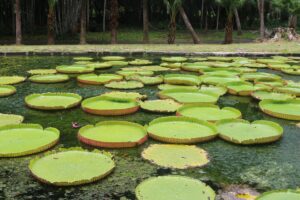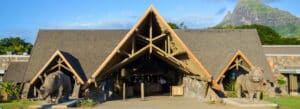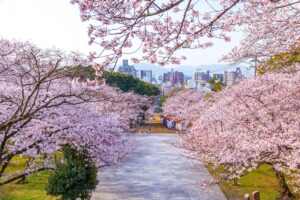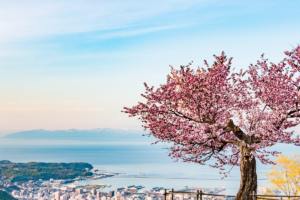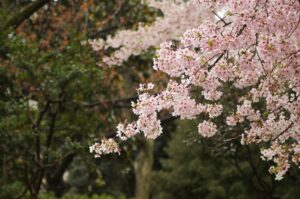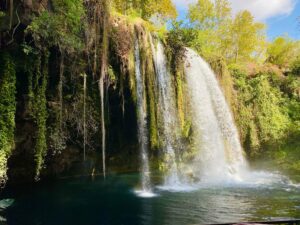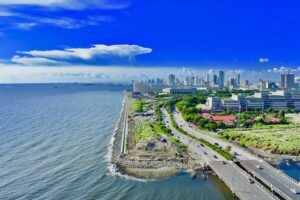The tropical Luzon island is crossed from north to south by mountain ranges – the Philippine Cordillera, whose peaks rise to a height of 1,680 to 2,922 meters. In the central part of the island, on the slopes of the mountains, amazing cultural landscapes open up to the gaze of travelers.
The villages of local residents are surrounded by man-made stepped rice terraces, winding one above the other higher and higher along the smoothed steepness of the rocky slopes. For two thousand years, industrious islanders have been growing rice and vegetables in these narrow fields, creating unique agricultural techniques and an impressive irrigation system.
Check this comprehensive travel guide to rice terraces in Philippines Cordilleras; keep reading to get useful tips on visiting the most popular of them (Banaue and Batad).
Click here to join the tour to Rice Terraces in Philippines Cordilleras.

History of Rice Terraces in the Philippines
The rice terraces in the Philippines were created by the Ifugao people, which in the language of the natives means “people of the earth.” For many centuries, the inhabitants of the high mountain plateaus, overgrown with jungle, step by step, won tiny strips of fertile soil from the mountains. They uprooted trees, leveled slopes and reinforced them with retaining walls made of stone and clay. Even thouhg rice enjoys a humid tropical climate, the plants require watering during the dry season. It’s almost impossible to grow rice without an abundance of moisture.
Farmers, who had only hoes, chisels and axes at their disposal, created a complex engineering irrigation system here. Through channels cut into the rocks and through pipelines made of bamboo trunks, the water was flowing to the rice terraces from the rivers along the slopes of the Philippine Cordillera.
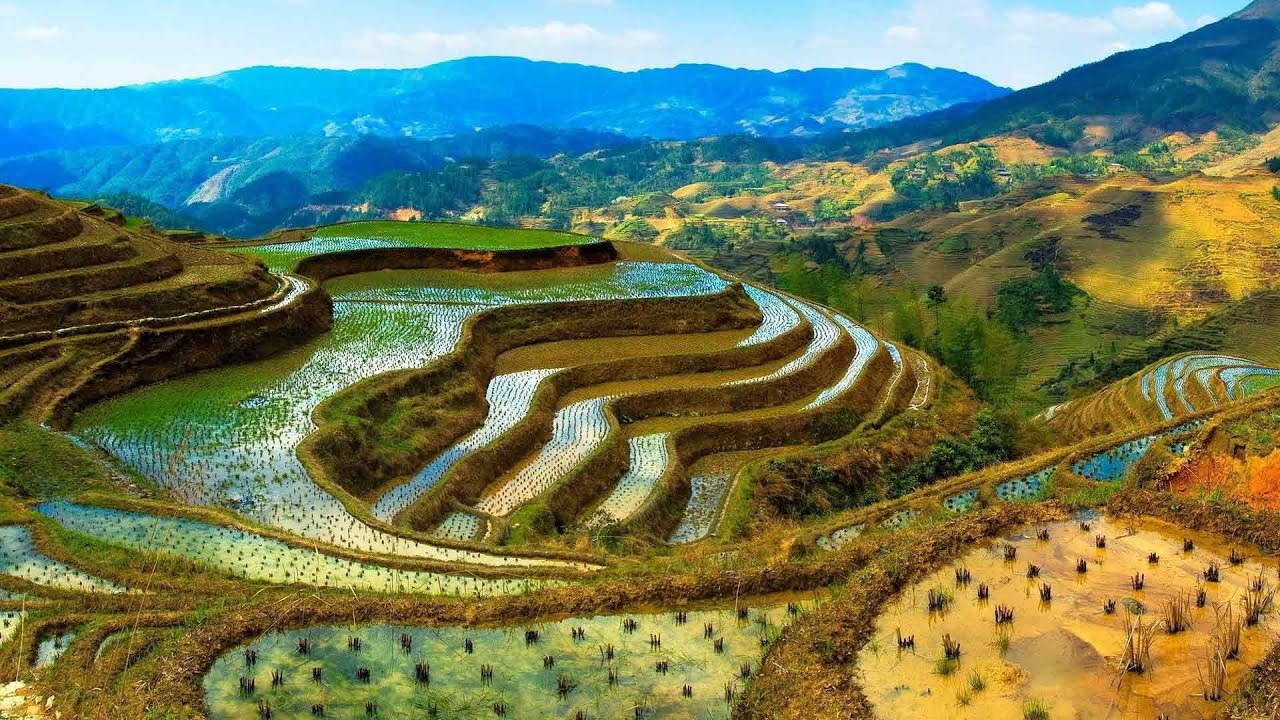
Rice Terraces were Included in World Heritage List
In 1995, these grandiose man-made structures, built in the mountains at an altitude of 700-1,500 meters, were included in the World Heritage List. UNESCO experts have calculated that the rice terraces in the Philippine Cordillera cover an area of at least 10,000 square kilometers. If they were hypothetically connected in one line, it would be possible to cover the distance to Antarctica and back.
Why This Traditional Craft is on the Verge of Extinction?
At the beginning of the 21st century, the Philippines islands became very popular tourist destination. The income generated by mass tourism in the previously inaccessible mountainous regions of Luzon island has long exceeded those earned by the hard work of farmers.
Local youth prefers to engage in the tourism business, and the older generation is working on the fields. Meanwhile, the Philippine rice terraces, deprived of centuries of care, are beginning to slowly collapse. The floating retaining walls are strengthened with durable concrete, disfiguring the picturesque original appearance of the “hanging” fields.
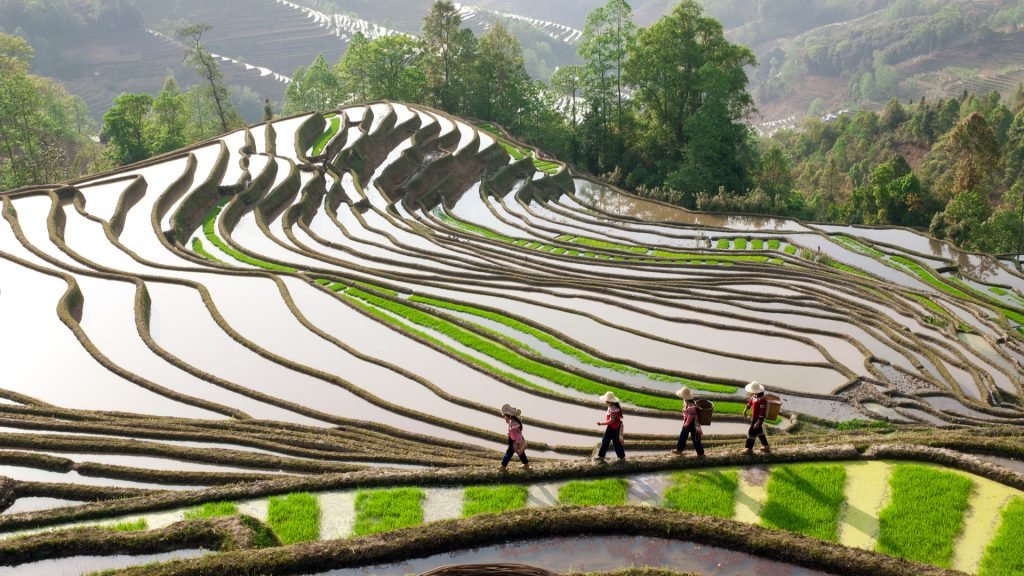
How to get there
Regular buses run from Manila to Banaue. It is more convenient to choose a night bus as travel time is 10-11 hours. On the central square of the provincial town, among the stalls and pavilions of the local bazaar, there is a tourist information office. You will easily find directions to the famous sites and get a schematic map of the location of the rice terraces in Banaue.
Some of them are located very close to the village, you can walk to the nearest observation deck. Tourists get to the remote terraces by tricycles (motorcycles with covered sidecars), or by jeepneys – a bizarrely decorated cross between a powerful SUV and a minibus.
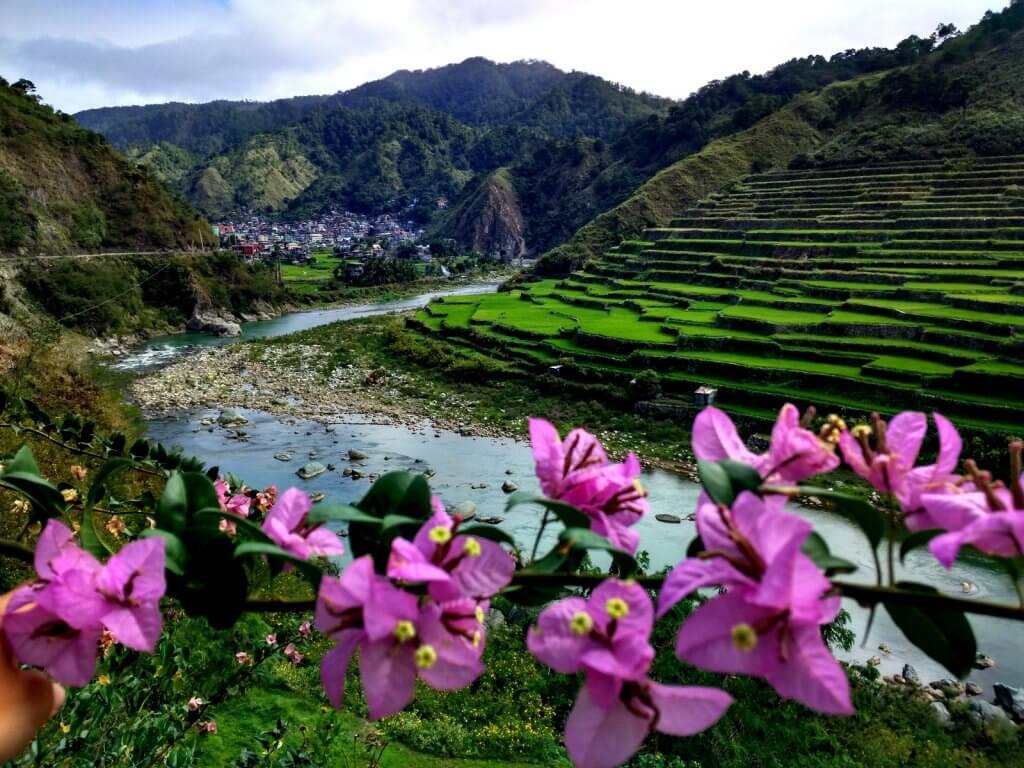
When to Visit Rice Terraces in the Philippines
It is better to visit the rice terraces in Banaue from April to May and from October to November. During these periods terraces are covered with lush greenery, and the views are simply breathtaking. But visiting rice terraces during Philippines rainy season, from July to August, is not recommended. There is a threat of landslides, hiking and trekking are not possible at this time.
When it comes to accommodation in Banaue, here you get value for money. You will not find expensive and luxurious hotels here. But only complete unity with nature and stunning views of the rice terraces. Rice terraces in Banaue are not all that can be seen here, be sure to visit Tam-An Village.
This is a great way to get to know the culture and way of life of the Ifugao people. A settlement of carvers and weavers, whose skills have been passed down from generation to generation, live in this area. Here you can see the traditional houses of the Ifugao people, built without nails.
You can visit Tappiyah and Chappah waterfalls. They offer panoramic views of the rice terraces. Don’t forget to bring your swimsuit and something to snack on. After long walks along muddy and dusty paths, refreshing yourself in cold water is a must.
You can stay in the city of Banaue itself or in the remote village of Batad, with its population of 1500 people. These terraces are considered the best preserved in the Philippine Cordillera. They are from 2000 to 6000 years old and were inlcuded the UNESCO List in 1995.
In Batad, not everywhere there is a cellular connection, not to mention the Internet. There are no roads, and transportation is not well-developed. To get to the village you can get off near Saddle point and follow the path to the village. The weather in Batad is almost always cool, no more than 21 degrees. It is better to visit Batad during certain months. For example, December to March is the coldest period of the year. Rice terraces look like pools of mud during this time.
In April-May, rice begins to rise and turn green, although the greens are not yet so saturated. It often rains in June-July. August-November – the time of lush greenery. It is better to wait until October as August and September are the rainiest months.
Comfortable shoes for long walks and warm clothes in case of unpredictable weather in the mountains are a must.

